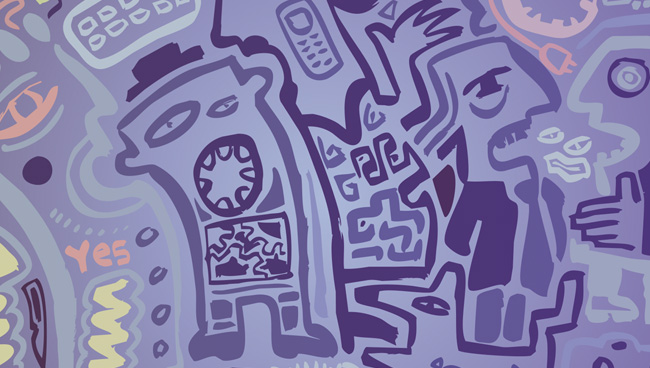Consumers have been trying to minimize stress for some time, including in their shopping trips. Now COVID-19 has added an unpredicted level of complexity and angst to that pursuit. We looked into how brands and retailers are easing stress among pandemic-minded shoppers, and came back with three guidelines.
Shoppers Need Mental Therapy. How are You Providing It?
The COVID-19 pandemic only fuels what we’ve detected for some time: Shoppers have been looking for ways to manage their stress levels long before this global health crisis. Nearly 45% of consumers told us stress was a top obstacle to a healthy life back when life was “normal” – before homemade facemasks became lifestyle accessories.
Now, we expect the effects of the pandemic’s unknown trajectory to amplify this demand and foster an uptick in retail-supplied mental health services. In particular, consumers are coping with fresh anxieties involving depression, addiction, education and finances.
These concerns are supported by the findings of our most recent COVID-19 research:
- More than a third of shoppers are very worried they won’t be able to pay their bills.
- 32% are very worried about layoffs, while 14% have already experienced job loss in the household.
- 33% are anxious they will not be able to get medical care if they need it. A quarter fret about running out of food, medications, and other basics.
- 38% fear their children will fall behind on school work.
Addressing Stress is Now a Retail Metric
To top it off, nearly a quarter of shoppers are more stressed from working at home.
Helping customers manage these new forms of anxiety should be as much a priority to retailers and brands as price points and online ordering options. In fact, some will have to play catch-up – we detected an emerging commoditization of mental health support services back in 2019.
The difference, and opportunity, now is the pandemic is expanding this commoditization from mainly digital platforms and techy startups to mainstream retailers, brands and channels. It is pulling mental health care services onto the fast track and challenging retailers and brands to combine them into everyday products and services.
COVID-Stressed Shoppers Will Choose These Options
We’re seeing some pretty smart examples among retailers and brands that are not known for wellness, or mental health care, already. Here’s a preview of what brands and retailers are getting right:
- They listen before talking. Brands and retailers that can identify their customers’ stress triggers are more likely to get their messages right for the moment. By recognizing the angst that results from limited control over activities, for example, they can better explain how their goods and services can restore a sense of freedom. Among the names that stood out to us are Ikea and Clinique.
- They identify ways existing products can meet new needs. 54% of consumers will only consider new products if they address virus concerns, according to a report by Harvard Business School. This tendency toward trusted brands may give existing products an edge in addressing pressing issues such addiction and post-traumatic stress disorder. We found many examples of companies, including Beekeeper’s Naturals and the fitness app Freeletics, gearing their services to help cope with these difficulties.
- They develop services for emotional support. Housebound consumers are additionally more lonely, sleep-deprived, and struggling with inertia. Several retailers and brands, such as Eileen Fisher and Drug Mart, are reaching out with free services that support their customers emotionally. One fashion startup transformed its digital customer service channel to include puppy GIFs.
Key to each of these guidelines is timing. Many shoppers don’t immediately recognize they need mental stress relief – retailers and brands have an opportunity to guide them toward mental wellness before it becomes a personal crisis. For this, shoppers will be grateful.
•••
Wondering what “The Next Normal” will look like? WSL’s new, four-report series provides the data, insights, implications, and inspirations to guide retailers and brands to The Next Normal. They cover:
- 4 waves of quantitative How America Shops® research
- Retailer insights, channels and companies
- Global perspectives and retail examples


